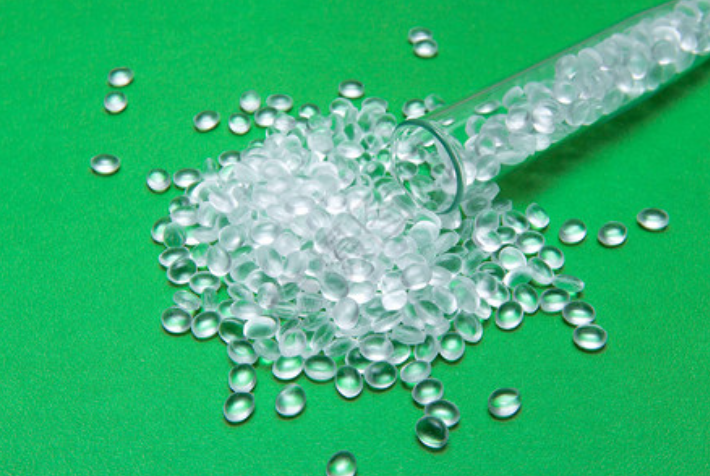October 25, 2024 – Transparent Polypropylene Industry in China: Thriving and Innovating
In recent years, China’s transparent polypropylene (PP) industry has witnessed robust growth, with production and sales consistently rising, making it one of the fastest-growing varieties of polypropylene products. The continuous introduction of new processes and varieties has led to an expansion in the production scale, efficiency, product diversity, and application fields of transparent PP. Its transparency and glossiness can now rival traditional transparent materials such as PET, PVC, and PS, making it widely used in household items, packaging, and medical applications.

The popularity of transparent PP stems from its ability to retain the properties of traditional PP while enhancing transparency and glossiness through transparent modification. However, numerous factors affect the transparency of polymer materials, including processing techniques, polymer molecular weight, and its distribution. Among these, refractive index, crystallinity, crystal size, and surface roughness are the most significant factors. To enhance the market value of PP, transparent modification is necessary, with a focus on reducing crystallinity and crystal size.
According to Color Masterbatch Industry News, current methods for improving PP’s transparency include adding transparency agents, synthesizing random copolymers, using metallocene-catalyzed synthesis for transparent PP, blending for increased transparency, and process control improvements. Adding transparency agents is one of the simplest and most effective methods. Transparency agents act as crystal nuclei during PP’s melt crystallization, transforming homogeneous nucleation into heterogeneous nucleation and increasing the number of crystal nuclei in the crystallization system. This results in finer crystal sizes and improved resin transparency.
In addition to transparency agents, synthesizing random copolymers is another effective way to enhance PP’s transparency. By incorporating ethylene as a second monomer to copolymerize with propylene, the regularity of the PP molecular chain is disrupted, lowering its crystallinity and increasing transparency. Furthermore, metallocene-catalyzed synthesis of transparent PP holds potential but currently has a small market share.
Blending for increased transparency is another important modification method. However, the optical transparency of blends is not a simple average of the transparency of each component but is influenced by factors such as the size of dispersed particles and relative refractive indices. Therefore, careful attention must be paid to the compatibility and refractive index matching between blending components.
Lastly, process control is crucial for improving PP’s transparency. Processing and cooling temperatures significantly impact transparency. Additionally, controlling molding orientation is an important means of reducing birefringence and light scattering, thereby enhancing light transmittance.
In conclusion, transparent polypropylene stands out as a leader among polypropylene products, with promising development prospects. China’s related industries should accelerate the promotion of new products and seize market shares by focusing on the development of advanced catalysts, efficient transparent nucleating agents, and advanced processing technologies and equipment.














